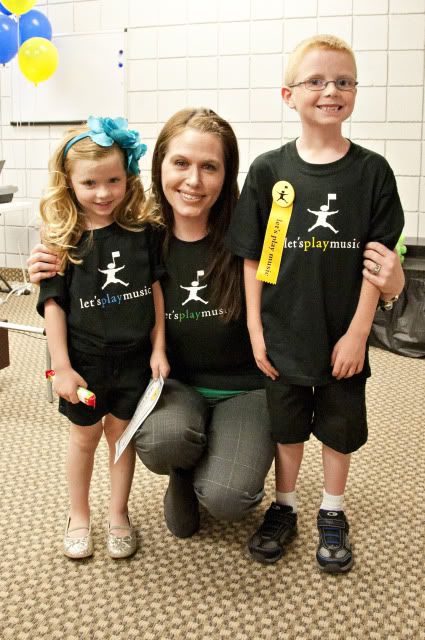Did I mention that my students are 4-7 years old!!! Truly amazing!
Blue Bugs
Scotland‘s BurningMany people think that “Do Re Mi Fa Sol La Ti Do” was made up for “The Sound of Music”, but solfeggio is actually a method for teaching music that is over 100 years old. By putting syllables with hand signs, young minds can absorb how notes move around on the staff---before note reading is possible.
Primary Chords Song /Chords in PiecesThe primary chords make up about 90% of all the music we listen to. Even though we might not yet be able to read music notation, we can still familiarize, internalize and even feel what the red (I), blue (IV), and yellow (V) chords sound like. Do you know all the pieces of your primary chords?
I am Learning How to SkipThis year the students have learned the basics about the musical staff. We learned to visually recognize the difference between baby steps, skips and leaps. This song reminds us that notes “from a line to the next line” or “from a space to the next space” are skips!
Old PaintOnce we understand how our primary chords work, then we can use them to make music! Old Paint has only one chord – the red chord! By simply playing the red chord in its pieces, it transforms into the accompaniment to one of our favorite songs.
Are You Sleeping?We’ve learned that when you sing (or play) different things at the same time and they sound good together, it’s called harmony! Listen for the harmony between our voices AND our tone bells.
Dinosaur SongOf course once we learned to read them on the staff, we were ready to take that knowledge and play baby steps, skips and even leaps on our bells---which is prepatory to be able to play on keyboards next year.
Can’t Bug MeOne of the most exciting skills we learned this year is how to read and feel rhythm. We used jungle animals to help us learn how to subdivide a beat, and we can read rhythms because of our very musical bugs. Who knew that learning rhythmic notation could be so fun?!
The Magical Lamp--Georges Bizet “Aragonnaise” from Carmen
Puppet shows are our favorite! While we play, we’re listening intelligently to classical music, learning about form, recognizing themes and the moods of themes, and distinguishing various instruments. Can you tell which character is minor in this piece?
Yellow Indians
Music AlphabetThis year, the students have learned all the names of the white keys on the piano! We are well on our way to becoming fine pianists! Listen and you’ll see how smart they’ll get as they sing their music alphabet.
Turtle ShellsAn important skill of reading music is the ability to quickly see the relationship between two notes. This relationship is called an interval, but we like to call our intervals TURTLE SHELLS! Listen to how well we know – and can play – our intervals!
I’m an IndianPlaying rhythms correctly can be difficult. We have learned to do this correctly by first feeling the rhythm through full body involvement. Listen for the very difficult dotted quarter & eighth note rhythm on the keyboards as the singers “shoot their arrows and pull their bows.”
Oh, When the SaintsWhen we put several notes or intervals together, we form a chord. Not only have we learned to sight read, and play the primary chords, we have also learned to play them in different ways to create different styles, sounds and feels such as BLOCK, BROKEN, and even MARCHING—who knew, that our fingers could MARCH!
Practice Every DayThis song involves both hands playing together. We have learned about the grand staff, the treble and bass clefs, and we’ve also learned to recognize Middle C, Middle D and Middle B on the staff. And “if we practice every day, lots of songs we’ll learn to play!”
Don’t Put Your Trash in My BackyardTotal musicianship is much more than just playing the piano. True musicians can hear music in their heads, even several different parts at a time. This song exhibits the children’s developing talent of singing in harmony.
The Pirate Ship--Johannes Brahms Hungarian Dance No. 5 Intelligently listening to classical music is both a skill and an art! By guiding the children’s ear to hear the individual themes in the music, and the recurrence of the themes in a balanced form, we are teaching them to love classical music because they understand it.
**Finale – Do, Re, Mi**
This song has it all! Watch as the children from BOTH years sing a major scale up and down, play it on the bells and on the keyboards, use their solfeggio hand signs, and sing harmony—all at the same time!!!
Here is a shot of SOME of my 2nd years 'mamboing' it up...

And two very 'special' students Ü (my niece and my nephew...)

Aahhh, i LOVE my job! Ü
